Spectrum "Satin Clear" glaze:
My first experiments - no photos taken.
Applied as recommended in a thin layer with a brush, this glaze turned out to not
be clear at all! It looked just like skim milk, even where brushed so thin it
didn't quite seal the surface. My teacher fired it again in her kiln, at
cone 8, in case the milkiness was due to underfiring. It wasn't. And,
when my supplier phoned Spectrum,
she was told airily that "all matte glazes are milky"! (Needless to say, her
reaction and mine was, "Then why do you label it clear?") Scrub one vase and
one manufacturer.
Experiments with other clear gloss overglazes showed that some are not compatible with
Spectrum underglazes - the underglazes bleed through the overglaze. One overglaze even
destroyed the red colour. And, neither glaziers' etching paste (acid) or concentrated
Drano (alkali) had any effect on the gloss of any gloss overglaze I tried.
|
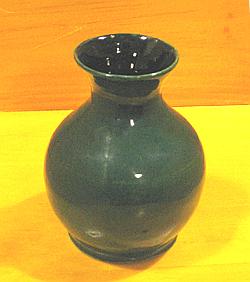 Willett Cobalt Green:
Willett Cobalt Green:
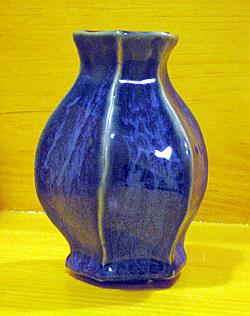 Boron Blue:
Boron Blue:
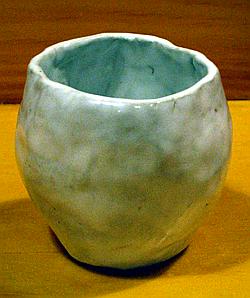 Selsor Waxy White:
Selsor Waxy White:
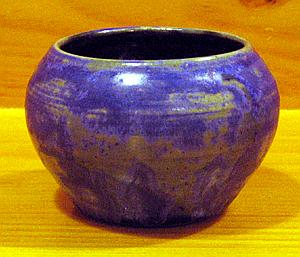 Turnidge Crystalline:
Turnidge Crystalline:
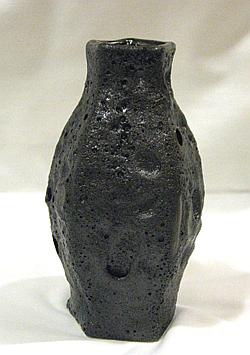 Marilee Lava:
Marilee Lava: